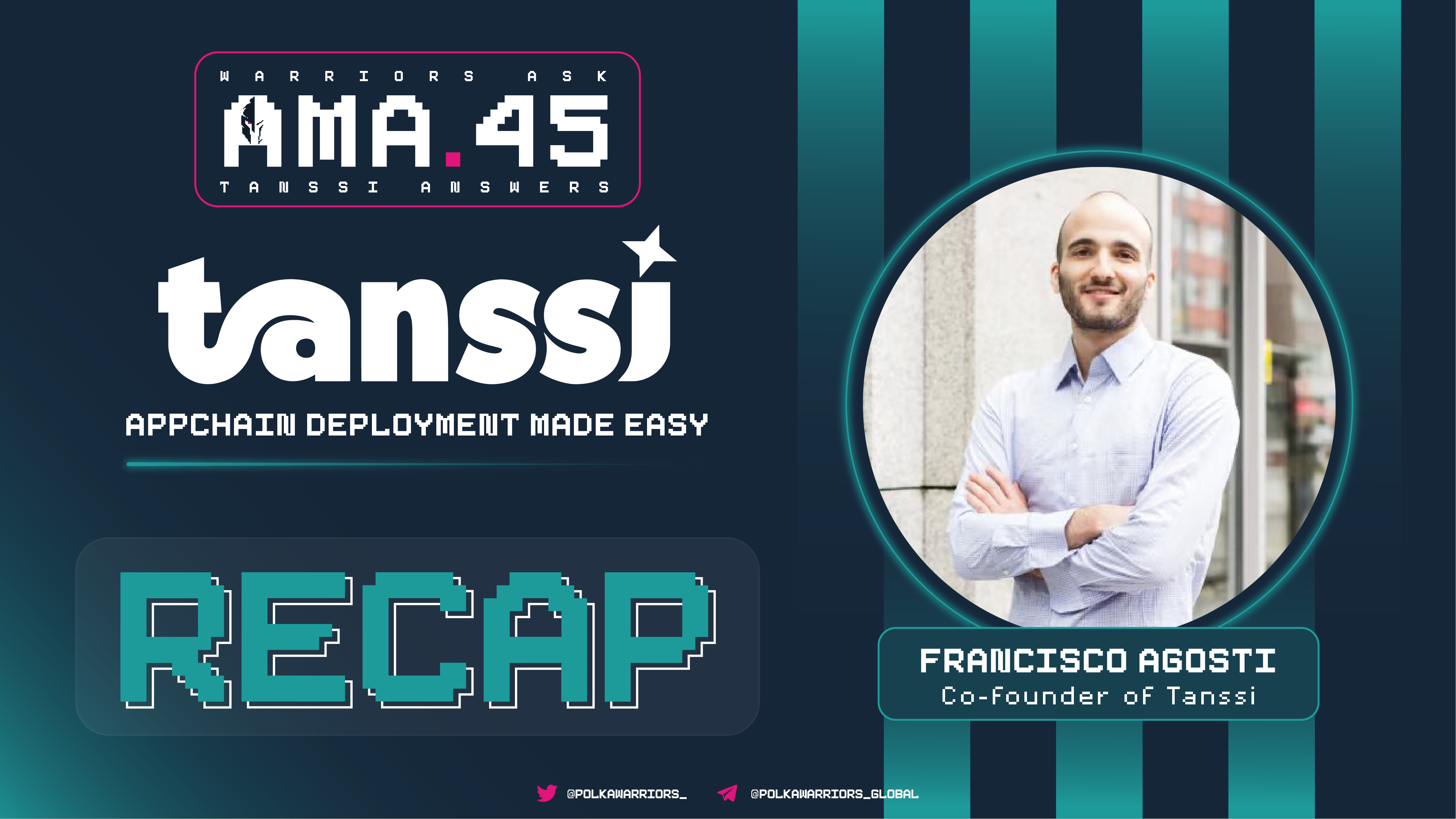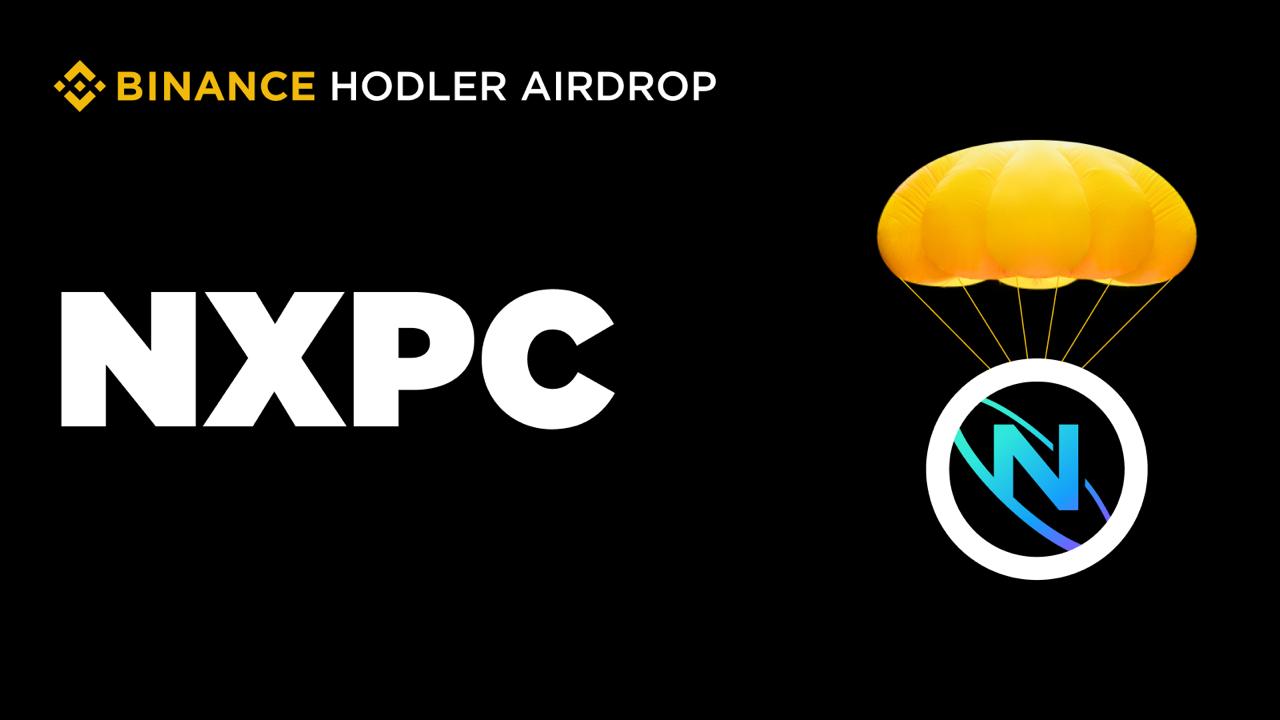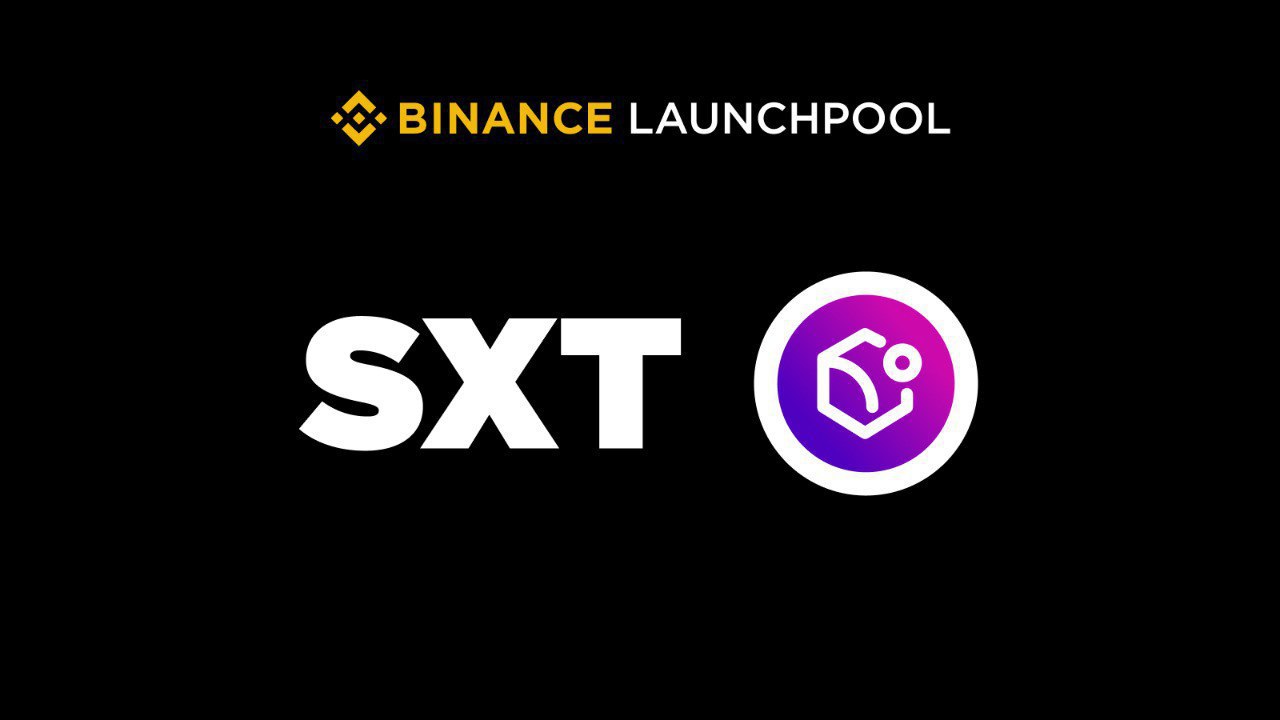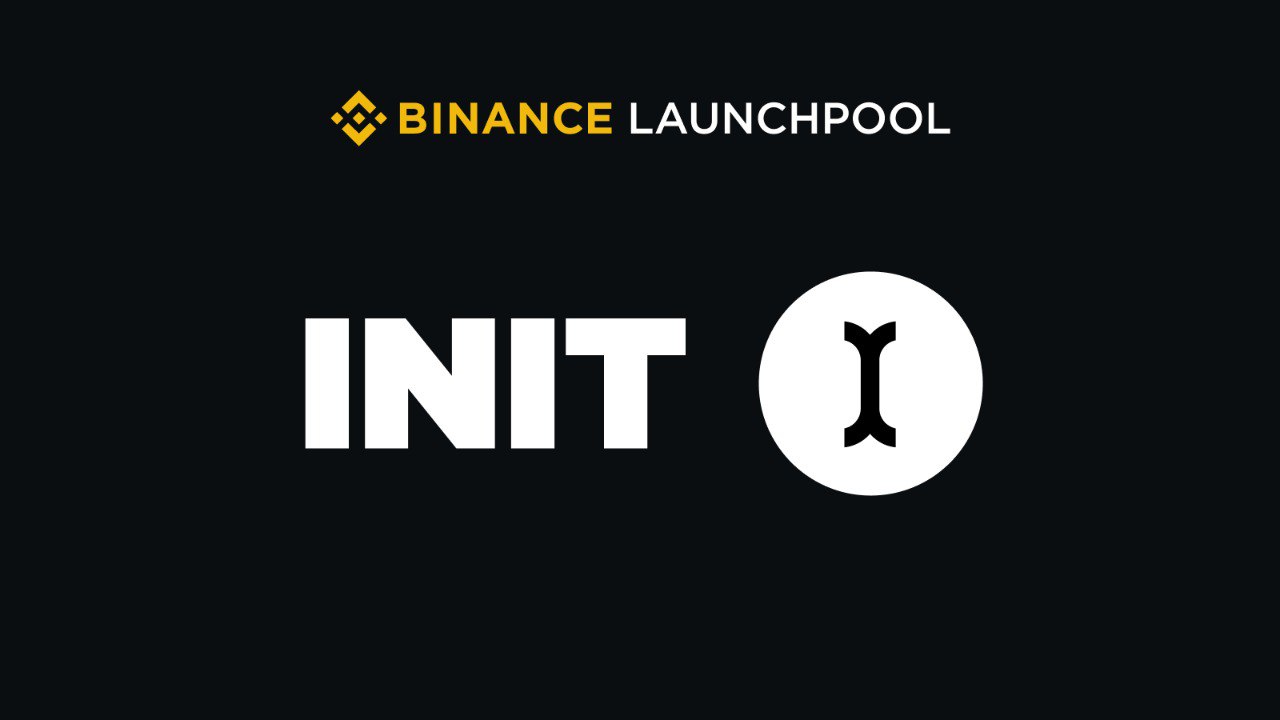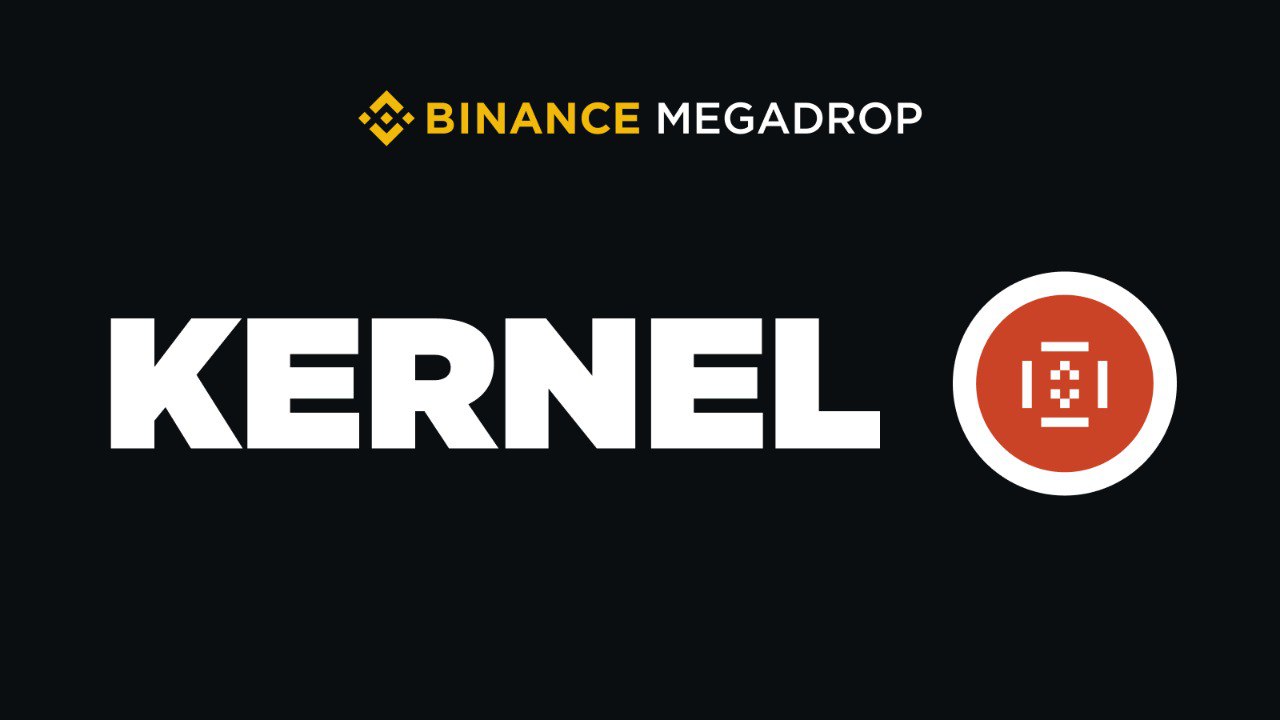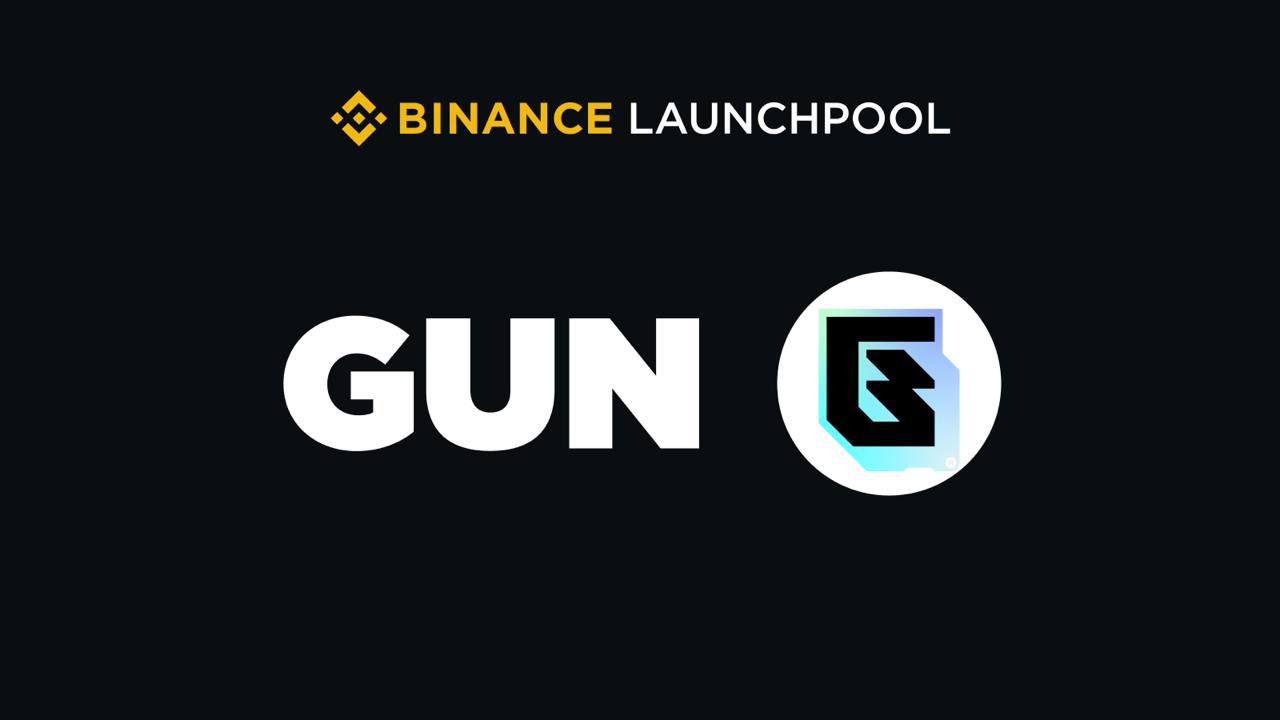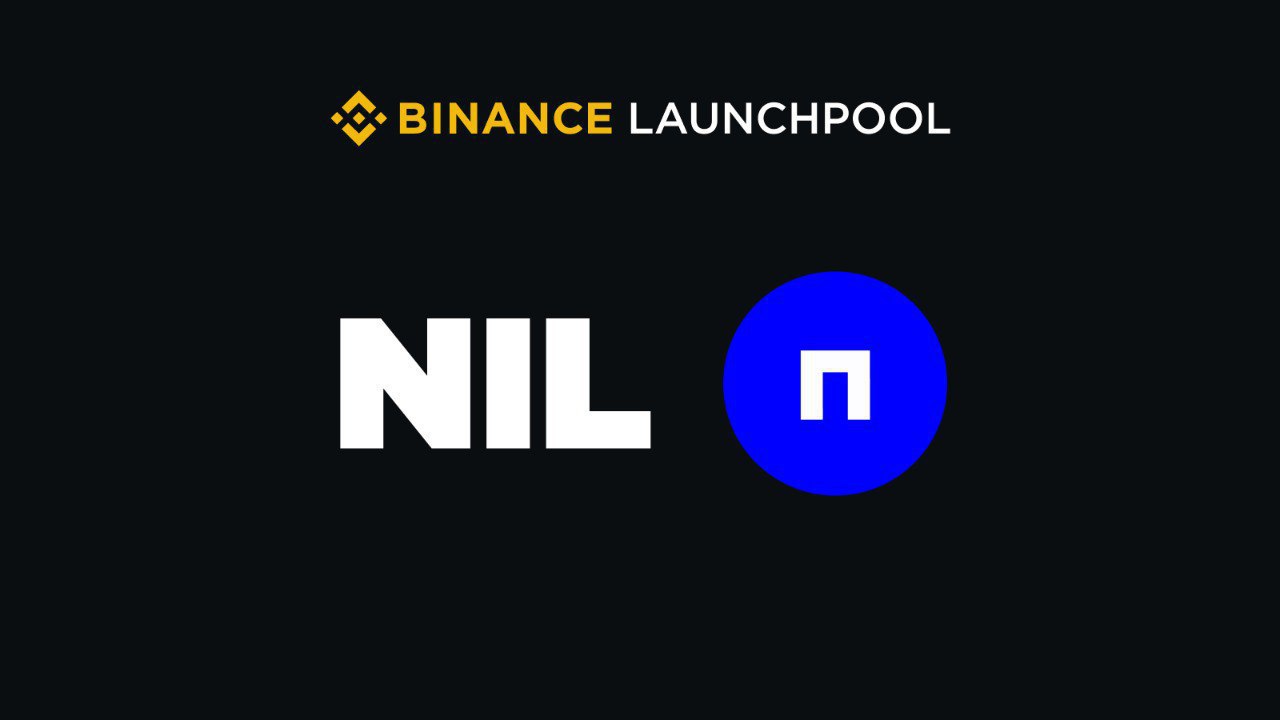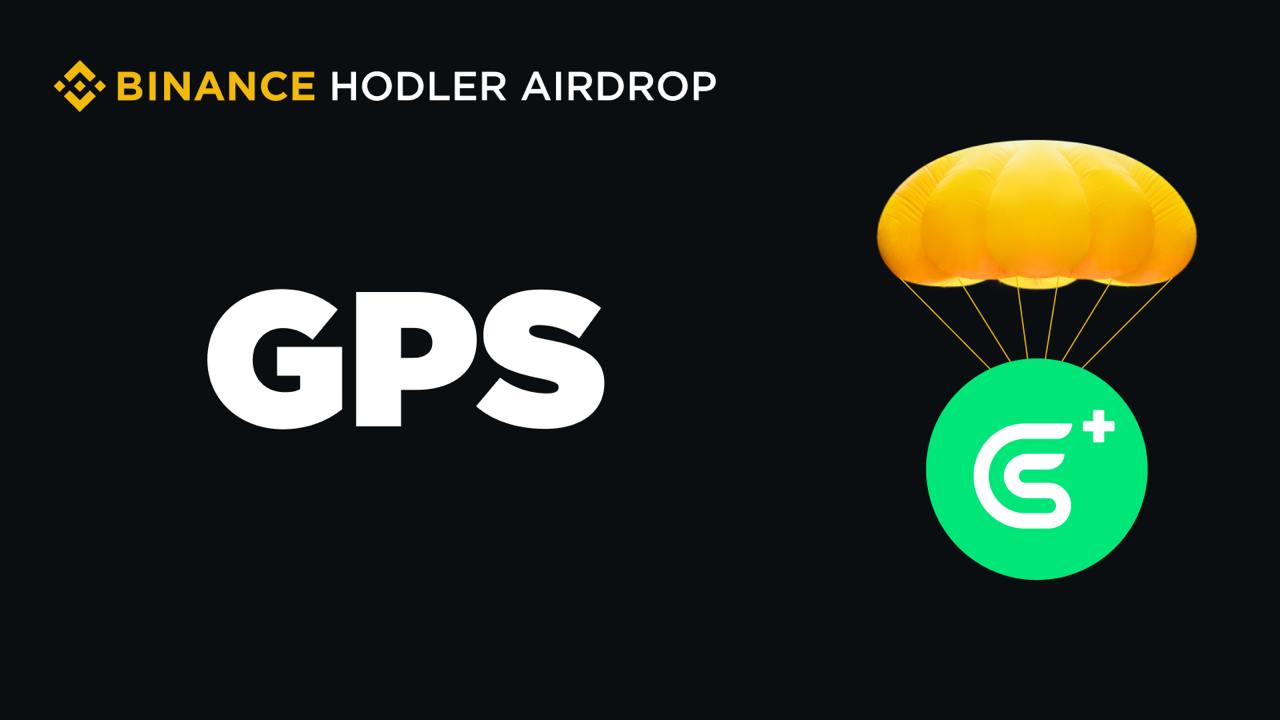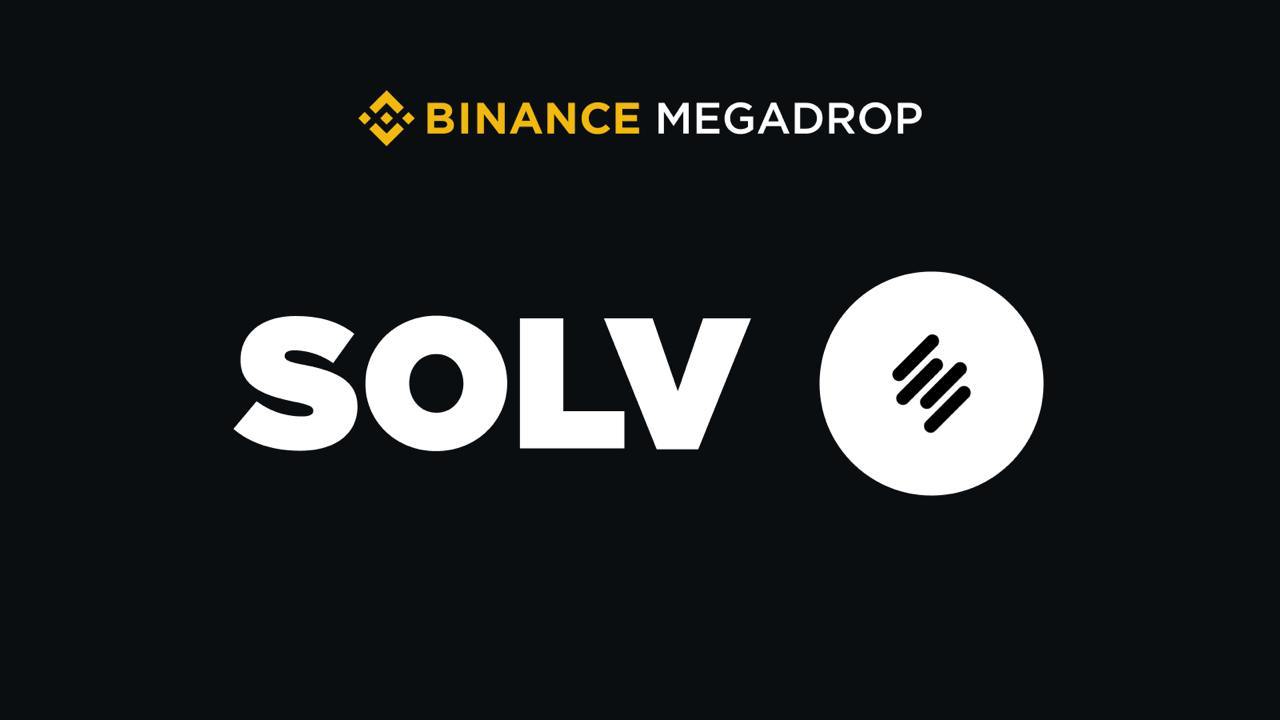Buổi AMA được tổ chức trên Telegram của PolkaWarriors, với sự góp mặt của Francisco Agosti – Co-Founder của Tanssi Network.
Dưới đây là tổng hợp các câu hỏi và trả lời nổi bật
1.Interoperability is a challenge in the blockchain space. How does Tanssi Network platform tackle the technical complexities of enabling cross-chain swaps, and how does it ensure compatibility between various blockchain networks?
Francisco Agosti:
yeah that’s a good question. When building an appchain interoperability is arguably one of the biggest challenges since you need to find a way to connect to major ecosystems like ethereum. Within Substrate and Polkadot all Tanssi chains will be able to communicate with each other via XCM, the native communication language available within Polkadot. When it comes to connecting externally with networks like Ethereum, it’s not easy – building a bridge is extremely challenging and getting direct integrations with the most popular bridges like wormhole, axelar, layer zero is very challenging.
At tanssi we’re solving this issue by leveraging Moonbeam Routed Liquidity – basically any project that connects to Moonbeam via XCM can get access to bridges like Wormhole by using Moonbeam as a routing hub. This is a very powerful concept since early stage teams can get out of the box access to the most used bridges in the ecosystem that would otherwise be close to impossible to connect with. This is something that’s uniquely enabled by substrate’s architecture!
you can find more about MRL here: https://docs.moonbeam.network/builders/interoperability/mrl/
2.What sets Tanssi apart from other appchain infrastructure protocols?
Francisco Agosti:
I tend to make a comparison with Rollup-as-a-Service providers since they are our main competitors – like with everything in web3 there are tradeoffs associated between building an L2 and an L1. For me the biggest differentiators we have are the following:
- Cost & Shared Security
Currently the biggest cost for rollups on mainnet is the variable cost of leveraging data availability on ethereum mainnet. As Ethereum becomes more and more used, and gas prices continue to increase it will become a more expensive ecosystem to use since those costs will flow to rollups that settle on ethereum as well.
One of the biggest reasons developers want to build rollups is because they inherit the security of Ethereum.
Being able to replicate a high grade security environment like that is very difficult to do.
Polkadot’s relay chain however currently has several billion dollars in staked value, and close to 500 validators to provide finalization. Tanssi will be able to leverage this security at a fraction of the cost of Ethereum mainnet on behalf of appchains – this is a competitive advantage that is not easy to replicate.
With polkadot’s incoming pay as you go model (essentially being able to produce blocks on demand) this will also make the process of appchain deployments significantly more cost-efficient.
- Decentralization
As mentioned above, rollups on ethereum are highly centralized by having only one sequencer – tanssi will provide a decentralized and shared sequencer set that rotates every couple of hours to avoid collusion, and to make the protocol more resilient to attacks.
- Finality
Finality is a topic that is very important to developers, especially as we move into a more cross-chain connected space.
Many developers are building cross chain applications – which entail deploying many instances of the protocol on several chains, and then connecting them via GMPs such as Axelar, LayerZero, and Wormhole.
When developers want to send messages between chains, they usually need to pick a hub to settle those messages.
With poor finality properties like on optimistic rollups (1 week dispute period and hard finality can take up to several minutes) it becomes a disfavourable environment to use as a hub since it can lead to technical issues.
Tanssi can offer developers 6 second finality which is advantageous in particular for cross chain applications that need to settle and reconcile messages quickly.
- Customizability
Most rollups offer EVM only deployments, which in itself is not bad, we offer EVM as well. The problem is that the EVM is not ideal for certain use cases (storage is a good example of this) since it’s inefficient.
Substrate is highly performant, flexible and customizable so it can service a broader range of use cases.
- Interoperability
Rollups suffer from not having native composability between themselves which fragments the ecosystem. Tanssi chains will benefit from XCM which is among the most trust-minimized cross-chain messaging languages.
3.What are the key features of the Tanssi protocol, and how do they enhance the building experience for developers?
Francisco Agosti:
i would say the core feature of tanssi as a protocol is permissionless and shared block production – you can think of Tanssi as a layer 1 that is designed to help deploy other L1s. Basically the block production nodes of tanssi’s chain will be shared and they will help produce blocks not only for tanssi’s chain but on behalf of all chains that deploy through tanssi.
This way development teams wont have to worry about having to bootstrap their own block production nodes and all the infrastructure maintenance associated with that.
Overall the goal is to reduce the energy, time and resources that are required to launch a chain and Tanssi looks to abstract that away.
On top of that we are working with all the main tooling providers (wallets, explorers, indexers, bridges, oracles, rpc endpoints) to automate those integrations when you launch via tanssi, so that again developers dont have to waste their energy on putting those integrations there themselves.
Tanssi’s core goal is to dramatically improve the developer experience related to deploying chains!
4.How was the idea of creating your project born? Do you still have that motivation and enthusiasm since the beginning of the project?
Francisco Agosti:
it goes back to moonbeam – we had clear motivations of why we wanted to build moonbeam as a layer 1 chain, however after going through that process we realized very quickly that the developer experience could be improved drastically – moonbeam took us years to develop and launch!
so we started speaking to teams building chains on Polkadot, Cosmos, Avalanche etc. and pretty much every team told us that they ran into the same issues we did – that’s when we saw there was a real problem to solve and so we decided to build Tanssi!
In terms of whether we have the same motivation and enthusiasm – I would say the team is extremely hungry to build the most used infrastructure protocol in the industry, our motivation only continues to grow as we get closer to mainnet launch!
5.How does Tanssi ensure security and robustness for deployed appchains?
Francisco Agosti:
security is arguably one of the biggest responsibilities a team has to take on when building a chain. This is why we’re deciding to leverage the relay chain of Polkadot – all tanssi chains and even the tanssi chain itself will leverage the billions of dollars worth of security that the relay chain provides and the hundreds of validators securing it.
so the relay chain will abstract away the security on behalf of teams, and tanssi will abstract away the block production environment so that teams only have to worry about the application layer of the chain.
Trong phần live question, Francisco Agosti đã trả lời các câu hỏi trực tiếp từ cộng đồng.
1.Bạn có thể cho tôi biết được không? Trọng tâm chính của bạn hiện tại là gì, bạn tập trung vào cộng đồng hay thị trường/Sàn giao dịch hay sản phẩm?
Francisco Agosti:
Trọng tâm lớn nhất của đội ngũ khi chúng tôi kết thúc vòng gần đây nhất là sẽ ra mắt mainnet vào quý 3 năm nay. Trước khi ra mắt mainnet, chúng tôi sẽ triển khai một chiến dịch incentivized testnet để thúc đẩy sự phát triển của các nhà xây dựng, cộng đồng và nhà sản xuất block.
Tôi khuyến khích mọi người ở đây tham gia telegram, discord và theo dõi chúng tôi trên twitter để bạn có thể tham gia vào chiến dịch incentivized!
2.Lợi thế mạnh nhất của bạn mà bạn nghĩ sẽ giúp đội ngũ của bạn dẫn đầu thị trường là gì?
Francisco Agosti:
tôi nghĩ nó liên quan đến câu hỏi tôi đã trả lời trước đó – tanssi được tối ưu hóa cho việc triển khai appchain hoặc layer 1 có các đặc tính rất độc đáo, khó sao chép, trong khi phần lớn thị trường đang tập trung vào triển khai L2.
Tôi nghĩ bảo mật được chia sẻ, chi phí sử dụng bảo mật, tính hữu hạn, khả năng tương tác, khả năng tùy chỉnh và phi tập trung đó là tất cả những thứ mà tanssi sẽ có lợi thế cạnh tranh khi so sánh với rollup như một mạng dịch vụ.
3.Bạn có kế hoạch NFT nào và sự tích hợp của nó trong lộ trình không? Ngoài ra, bạn có bất kỳ lựa chọn thu nhập thụ động nào và phần thưởng khuyến khích dành cho người sở hữu lâu dài không?
Francisco Agosti:
Polkadot 2.0 thực sự sẽ sử dụng NFT để đại diện cho blockspace – tanssi sẽ cho phép các nhà phát triển muablockspace yêu cầu mà cuối cùng sẽ được đại diện bởi NFT. Đặc biệt, có những dự án NFT sẽ được ra mắt thông qua Tanssi trong tương lai! Sau khi mạng được triển khai, cộng đồng sẽ có thể đặt cược và tôi khuyến khích bạn tham gia vào incentivized testnet của chúng tôi!
4.Bạn có cân nhắc phản hồi/yêu cầu của cộng đồng trong quá trình tạo ra sản phẩm để mở rộng những ý tưởng mới cho dự án của mình không? Nhiều dự án thất bại vì không hiểu được đối tượng và khách hàng mục tiêu. Vì vậy, tôi muốn biết người tiêu dùng lý tưởng cho sản phẩm của bạn là ai?
Kathy:
Có, 100%. Chúng tôi liên tục yêu cầu phản hồi của dự án để ưu tiên các tính năng phù hợp với chúng. Chúng tôi cũng muốn lắng nghe cộng đồng và đảm bảo rằng họ có tiếng nói tích cực trong sự phát triển của Tanssi. Quản trị sẽ rất cần thiết để cộng đồng tham gia vào các quyết định quan trọng của mạng.
5.ĐỐI TÁC là quan trọng nhất giúp củng cố hệ sinh thái của tất cả các dự án. Bạn có thể cho chúng tôi biết về các đối tác dự án của bạn và chiến lược hợp tác mà dự án đã áp dụng không?
Francisco Agosti:
Vâng, hiện tại, chúng tôi đang nhận được khá nhiều lực kéo trong hệ sinh thái của mình với hơn 400 chuỗi được triển khai. Đặc biệt, chúng tôi đang thấy lực kéo trong Defi, RWA và Gaming. Bạn có thể kiểm tra mạng xã hội của chúng tôi để xem các thông báo mà chúng tôi sắp phát hành với các dự án này!
6.Bạn có chứng chỉ AUDIT không? Bạn đang làm việc để AUDIT dự án của mình? Và bạn nghĩ nó an toàn và đáng tin cậy đến mức nào?
Francisco Agosti:
Chúng tôi hiện đang làm việc với cơ quan kiểm tra substrate hàng đầu có tên là SR Labs – họ sẽ sớm hoàn tất việc kiểm tra tanssi và chúng tôi sẽ làm việc với họ liên tục cũng như chuẩn bị cho mainnet và sau khi ra mắt mainnet.
Polka.Warriors Community
? Website | ? Tele ANN | ? Tele Chat | ? Twitter | ? Discord | ? Facebook

